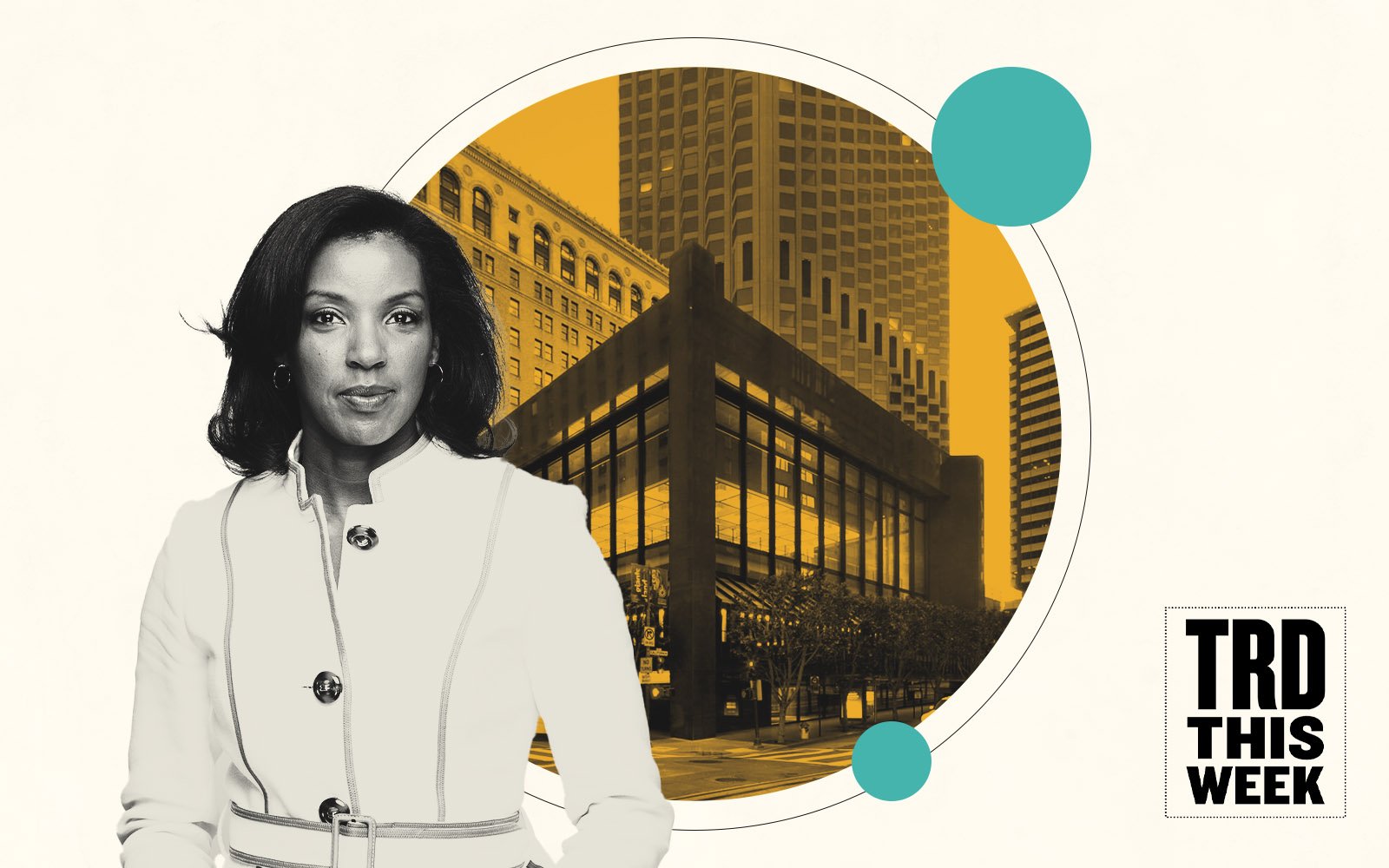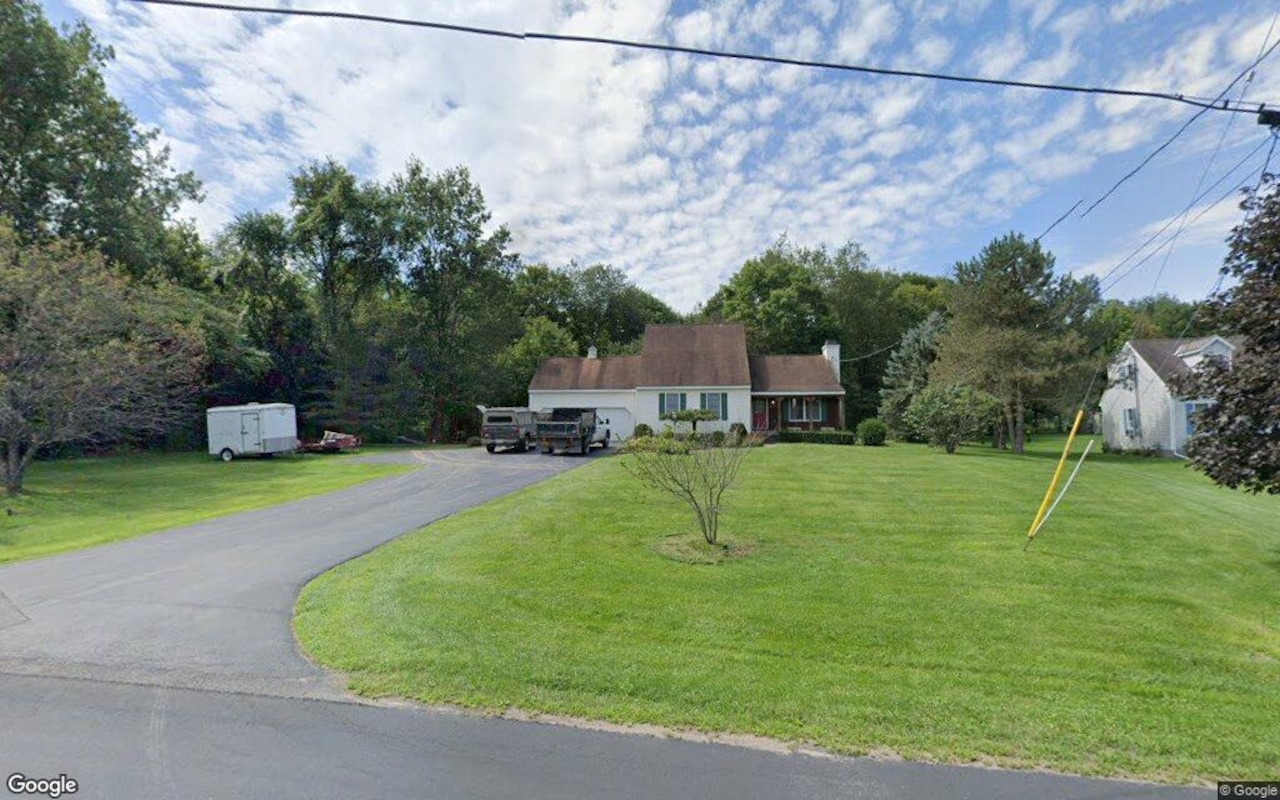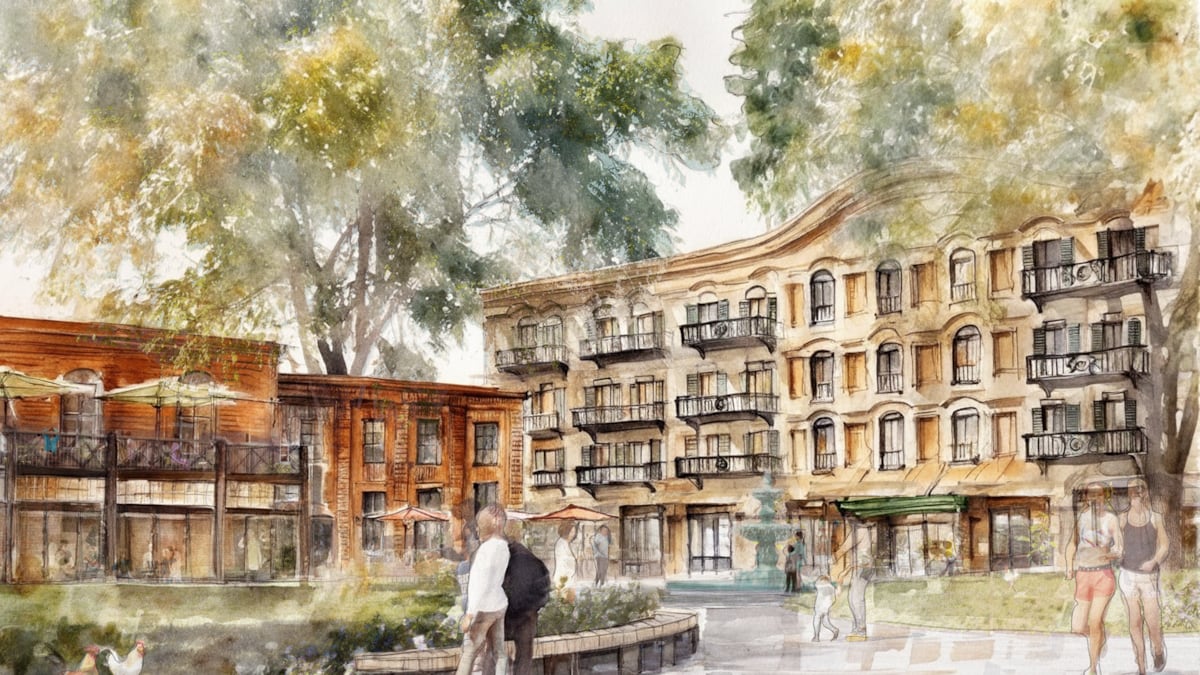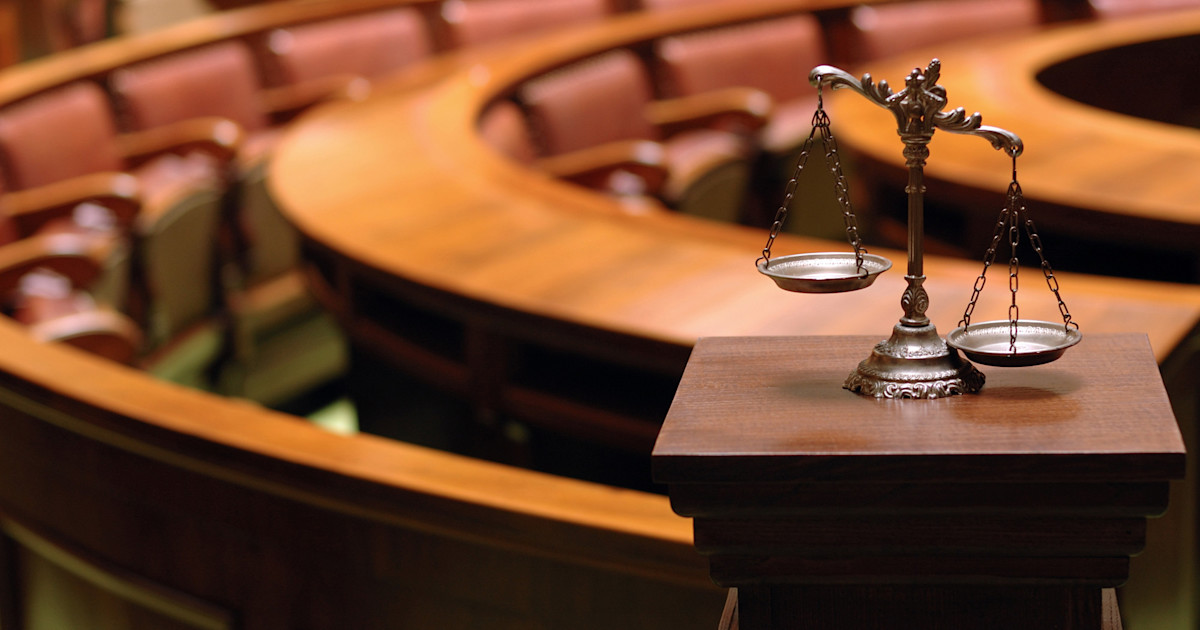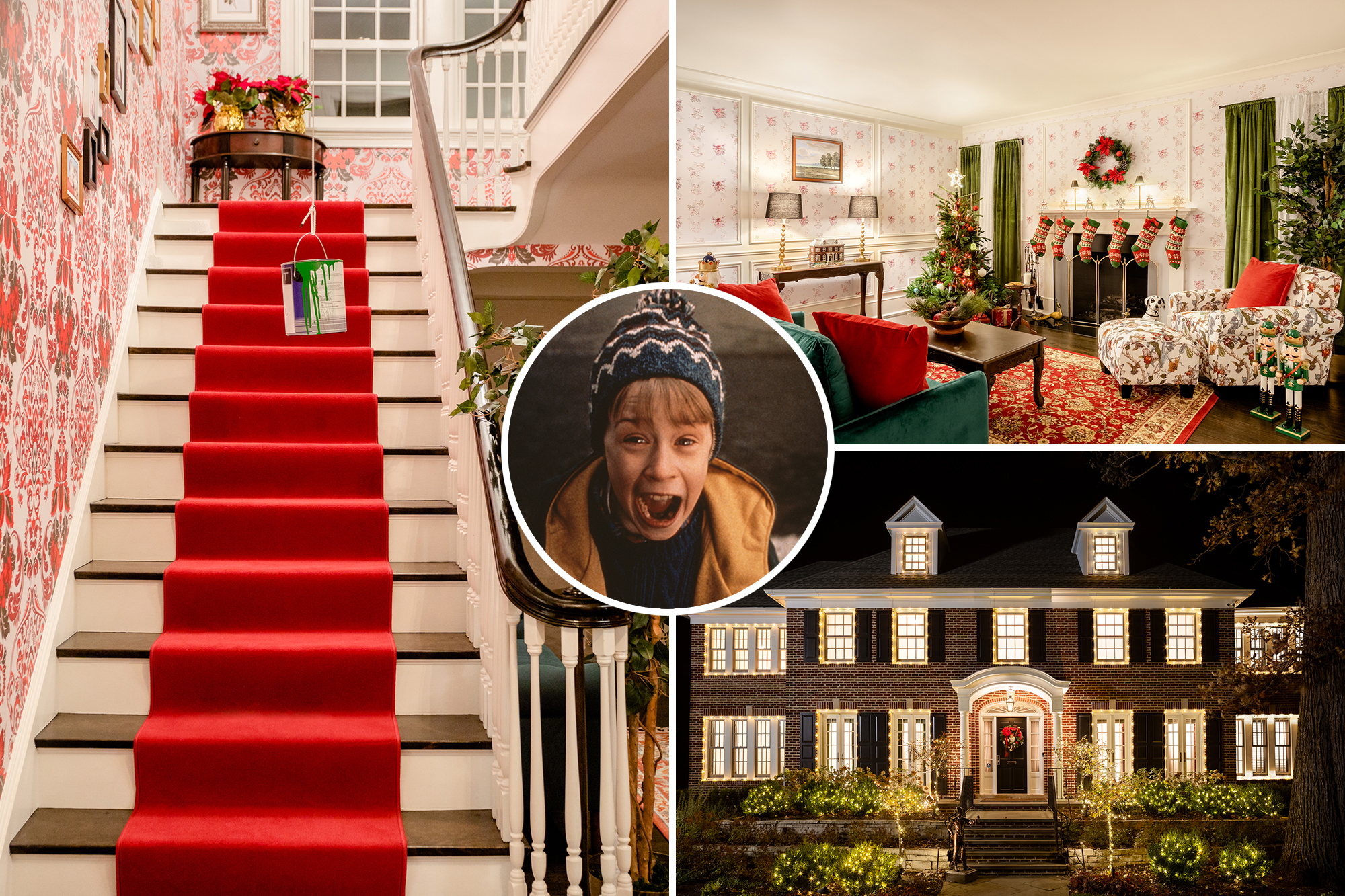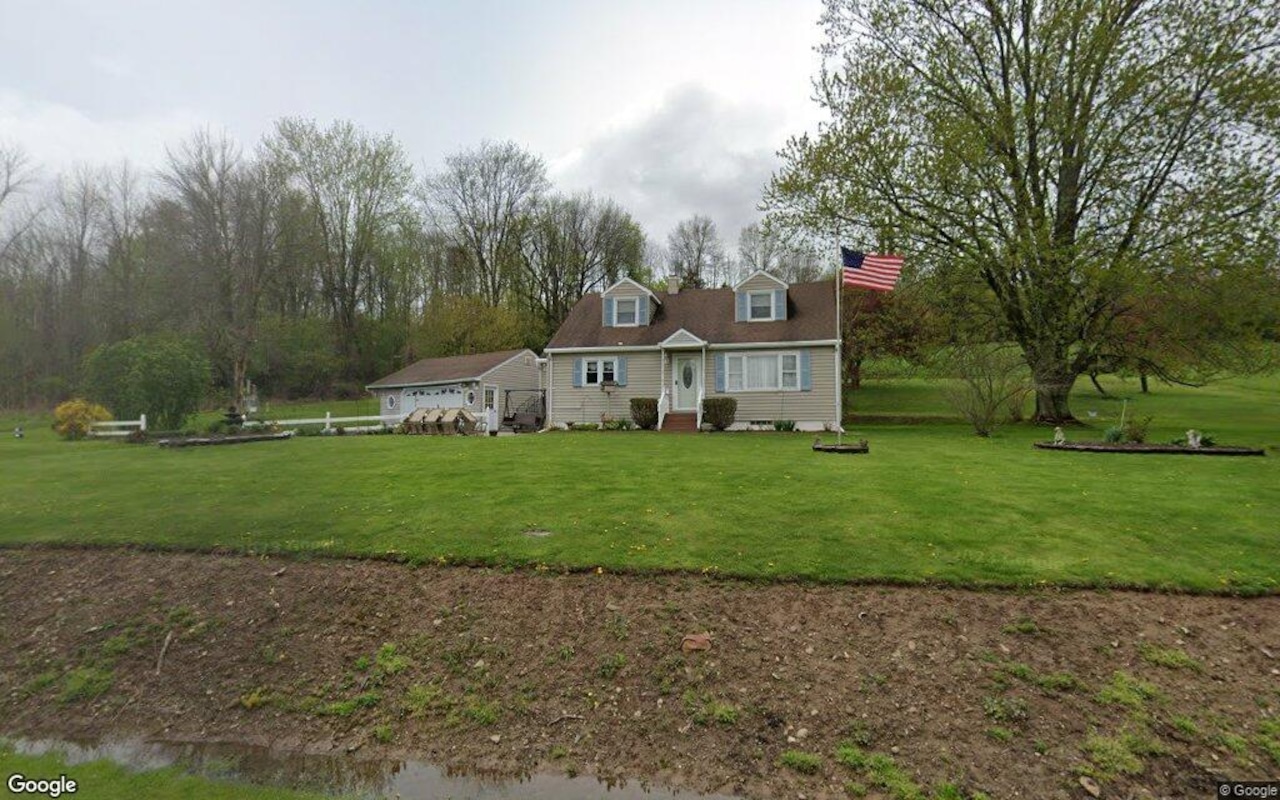S
an Francisco’s higher‑education scene is shifting this spring. The Wharton School of Business, the University of Pennsylvania’s flagship business school that once taught Donald Trump, is relocating its San Francisco campus from 2 Harrison St. to 345 Montgomery St. The new 80,000‑sq‑ft space, known as The Cube, sits inside the Bank of America Center—a building owned by Vornado Realty Trust and the Trump Organization. Wharton will lease the space from Trump himself, marking a rare landlord‑tenant swap between a university and a former president.
Meanwhile, Vanderbilt University is eyeing a spot on Fifth and Mission, the same block that houses the Chronicle’s headquarters and the 5 M mixed‑use development. The university’s interest signals a broader trend: city officials are pushing to revitalize downtown by attracting more academic institutions, but the local Academy of Art University is moving in the opposite direction. The for‑profit school plans to sell ten of its downtown properties, a move that could reshape the city’s real‑estate portfolio.
Beyond academia, San Francisco’s commercial market has been buoyed by artificial‑intelligence‑driven demand. Office rents have climbed, and Class A buildings are thriving, but older stock is struggling. The Newhall Building at 260 California Street—an 12‑story, 1908‑era structure designed by Lewis Parsons Hobart—was appraised at $32 million in 2015 but now sits at $13 million, a 60 % drop. Swift Realty Partners, the owner, still carries a $17 million loan from its 2014 purchase. The building recently lost Google as a tenant, and Citibank will vacate early next year for a new Financial District location. The decline in value could hurt lenders and landlords, yet it also opens a window for creative solutions.
A recent report, “Revitalizing Downtown San Francisco Through Architecture,” led by Milan‑based OBR and featuring San Francisco and Italian real‑estate partners, argues that the city’s 37 % commercial vacancy rate demands a pivot. Studio Terpeluk’s Brett Terpeluk and Valerie Beauchamp contend that converting office space into housing is the only viable response. They note that the pandemic has fundamentally altered office use, making adaptive reuse both necessary and timely. “It is time to re‑examine the enormous potential of infrastructural reuse,” the authors write, highlighting environmental, urban, and economic benefits.
Across the bay, Oakland’s Signature Development is capitalizing on San Francisco’s housing surge. Founder Michael Ghielmetti has overseen the Brooklyn Basin project since 2001, delivering roughly 1,700 units along the waterfront. He is now converting the 371‑unit Caspian apartment building into condominiums priced between $349,000 and $799,000. “San Francisco is moving ahead of Oakland by six to twelve months,” Ghielmetti told The Real Deal. “When prices rise in the city, people look to the East Bay, but the East Bay is catching up. Historically, the East Bay has been the refuge for those priced out of the Peninsula and Marin.”
These developments illustrate a city in flux: universities are relocating, real‑estate values are shifting, and developers are repurposing spaces to meet new demands. The Bay Area’s downtown is poised for a transformation that blends education, technology, and adaptive reuse into a new urban fabric.
